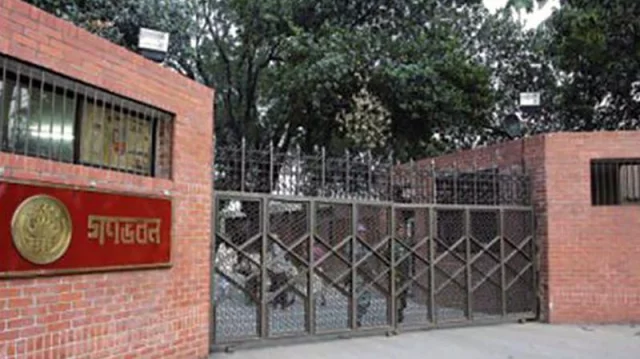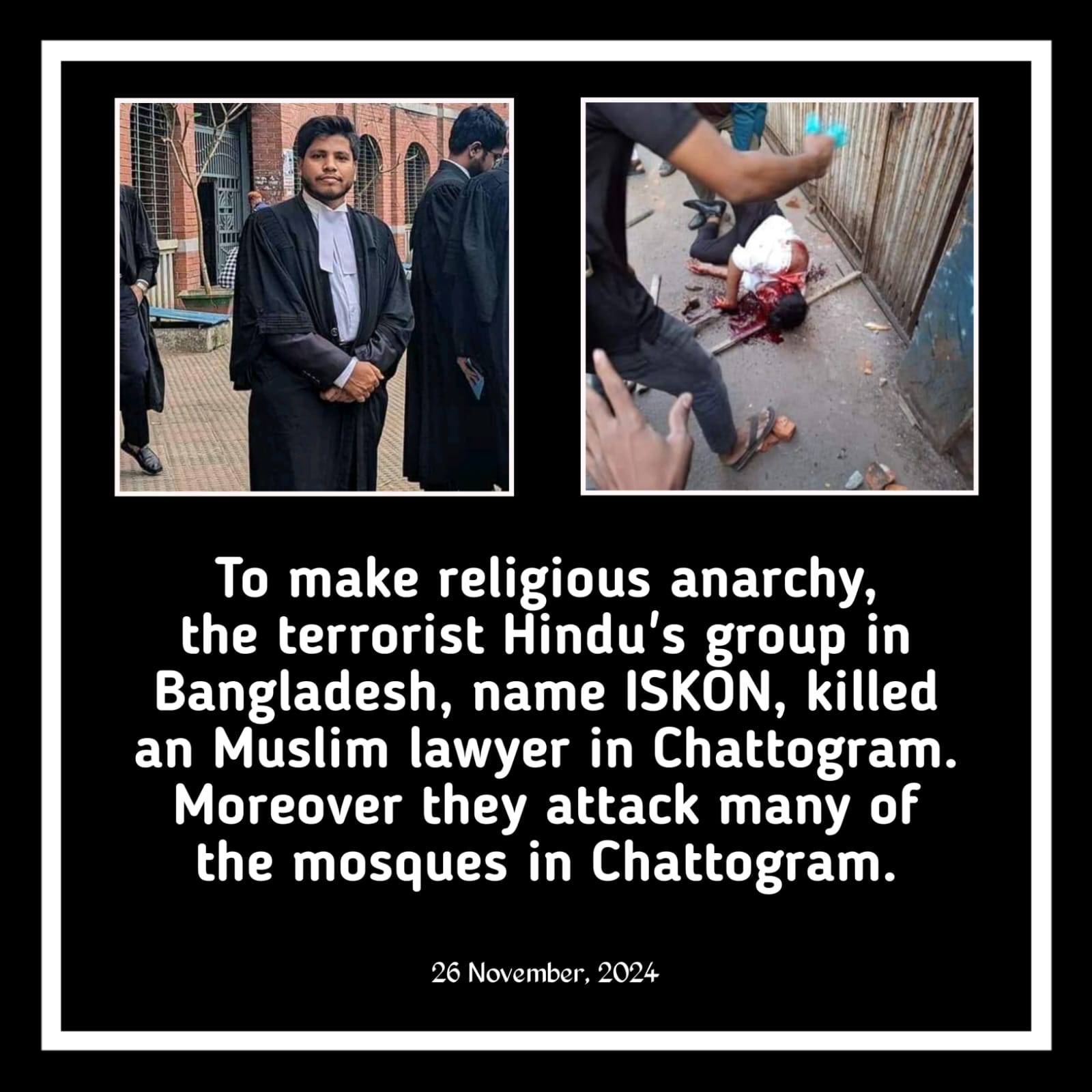The decision to transform Ganabhaban into a museum comes as a significant step towards preserving the history of student uprisings and public protests, alongside documenting the oppressive actions of the previous government over the last 16 years. According to Md. Nahid Islam, the interim government’s Advisor for Posts, Telecommunications, and Information Technology, the museum will not only chronicle the 34-day student movement but also include detailed records of individuals who were killed, disappeared, or subjected to extrajudicial killings during this turbulent period. He emphasized that the museum would serve as a testament to both the struggles and the repression that marked this era.
One of the main features of the museum will be a thorough documentation of the oppression faced by citizens during the 16-year rule. This will include a timeline of key events from the students’ anti-discrimination protests to the larger movements against the ruling government. The names of those who were disappeared or killed in extrajudicial incidents will be presented, allowing visitors to grasp the scale of the human rights abuses that took place. A particularly significant moment from August 5th, which played a crucial role in the broader struggle, will also be highlighted in the museum.
In addition to these records, the museum will preserve various artifacts from the protests. The writings and graffiti that currently adorn the walls of Ganabhaban, reflecting the anger and frustration of the public, will be maintained as they are, offering a raw and unfiltered representation of the people’s resistance. Furthermore, items that were looted during the protests and later returned by the public will be included in the exhibit, symbolizing the cycle of destruction and restitution that took place during the uprising.
Ganabhaban itself, which has suffered damage during the events, will be left in its current state, with the goal of preserving the authenticity of the setting in which these historical events occurred. The idea is to create a space that reflects not just the political struggle but also the physical impact of those turbulent times.
To ensure that the transformation is carried out with the utmost accuracy and respect, a committee will be formed, consisting of both local and international experts in the fields of museum curation and public memory. This committee will include artists and specialists who have experience in creating museums dedicated to uprisings and public movements. Their expertise will guide the project to ensure that it honors the memory of those who suffered while educating future generations about this crucial period in the country’s history.
There are also plans to create a foundation in memory of those who were killed during the uprisings. This foundation will not only serve as a memorial to the martyrs but also provide financial support to those who were injured. A detailed list of victims and survivors will be presented at a memorial event, during which the foundation’s establishment will be officially announced. This effort aims to ensure that the sacrifices made during the struggle are not forgotten and that the injured receive the help they need.
In response to questions about the future residence of the Prime Minister, Nahid Islam stated that discussions about a new location will be held at a later time. For now, the interim Prime Minister will continue to reside in the current location. The decision to convert Ganabhaban into a museum is part of a broader effort to make the space accessible to the public and to preserve the historical significance of the building as a site of resistance and change.










